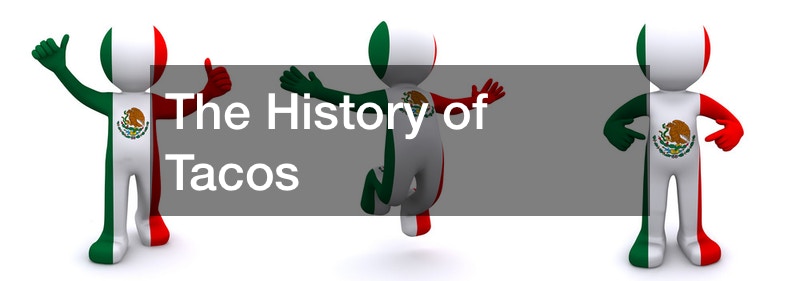
Colombian coffee has earned a prestigious reputation around the globe for its exceptional quality, rich flavor, and distinct aroma. Grown in the lush, mountainous regions of Colombia, this coffee is celebrated for its smooth, well-balanced taste and intricate flavor profiles. As one of the largest coffee producers in the world, Colombia has become synonymous with top-tier coffee beans, particularly for those seeking Colombian specialty coffee. In this article, we’ll explore the history, cultivation, and unique characteristics that make Colombian coffee so special.
1. The History of Colombian Coffee
Coffee was first introduced to Colombia in the early 18th century by Jesuit priests, and it didn’t take long for the country to become one of the world’s leading producers. Coffee quickly became a vital part of the Colombian economy, and by the 19th century, it was one of the country’s primary exports. Today, Colombia is known for producing some of the highest quality Arabica beans in the world, with coffee cultivation deeply ingrained in its culture and economy.
The rise of Colombian coffee began in the late 20th century as coffee growers and exporters focused on differentiating their beans through quality and flavor. Specialty coffee refers to beans that are graded on a rigorous scale of quality and must score 80 points or higher on a 100-point scale. Colombia’s unique climate and geography contribute to the cultivation of these premium beans, solidifying its place as a powerhouse in the specialty coffee industry.
2. Why Colombian Coffee Stands Out
Colombian coffee’s distinctiveness comes from a combination of factors, including geography, climate, and traditional farming methods. Colombia’s location along the equator, combined with its mountainous terrain, provides the perfect growing conditions for coffee beans. The high altitudes at which the coffee is grown allow for slower maturation of the beans, which results in a more developed and complex flavor.
Additionally, Colombia’s two harvest seasons each year ensure that fresh coffee is available almost year-round. The country’s diverse microclimates—ranging from tropical rainforests to cooler mountain regions—allow for a wide variety of flavor profiles, from fruity and floral to nutty and chocolaty. This diversity is what makes Colombian specialty coffee so highly regarded in the global coffee market.
3. The Growing Regions of Colombian Coffee
Colombia is divided into several coffee-growing regions, each with its own unique characteristics and flavor profiles. Some of the most well-known regions include:
- Antioquia: Located in the northwest, Antioquia is known for producing coffee with balanced acidity and nutty, chocolate flavors. It’s one of the oldest coffee-growing regions in Colombia and continues to be a major producer of Colombian specialty coffee.
- Huila: This southern region is known for its high-quality beans, often praised for their bright acidity, fruity notes, and sweet undertones. Huila is particularly well-suited for growing specialty coffee due to its high altitudes and volcanic soils.
- Cauca: In the southwestern part of Colombia, Cauca produces beans with floral and citrus notes, offering a lighter, more delicate cup. The region’s favorable climate and high elevation contribute to the unique characteristics of its coffee.
- Nariño: Situated near the border with Ecuador, Nariño boasts some of the highest coffee-growing elevations in the country. The beans from this region are known for their intense, full-bodied flavor with bright acidity and fruity, sweet notes.
Each region offers a distinct taste experience, allowing coffee lovers to explore the variety and complexity of Colombian specialty coffee.
4. The Harvesting and Processing Methods

One of the key factors that contribute to the superior quality of Colombian coffee is the method of harvesting. Unlike some coffee-producing countries where beans are mechanically harvested, in Colombia, most coffee is hand-picked. This allows farmers to select only the ripest, highest-quality cherries, ensuring that the coffee beans are at their peak flavor potential.
After harvesting, the coffee cherries go through a wet processing method, also known as washing. This involves removing the pulp from the cherries and then fermenting the beans to eliminate any remaining mucilage. This process enhances the beans’ clarity of flavor and acidity, contributing to the clean, crisp taste that Colombian coffee is known for.
Many Colombian coffee producers take extra care during the processing stage to maintain the integrity of the beans. Some producers experiment with different fermentation times or drying methods to enhance the coffee’s unique flavors, further elevating the final product.
5. Supporting Sustainable Coffee Practices
Many Colombian coffee farmers are committed to sustainable and environmentally friendly practices. By purchasing Colombian specialty coffee from fair trade or direct trade sources, consumers can support small-scale farmers who prioritize ethical labor practices and environmental sustainability. These certifications ensure that farmers are paid fairly for their high-quality beans and that sustainable farming methods are used, preserving Colombia’s rich biodiversity.
Share This :


